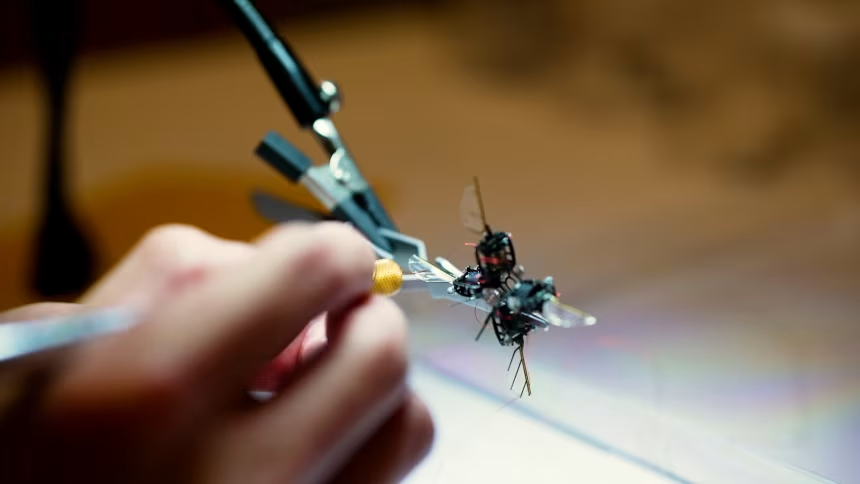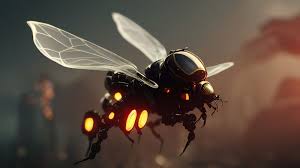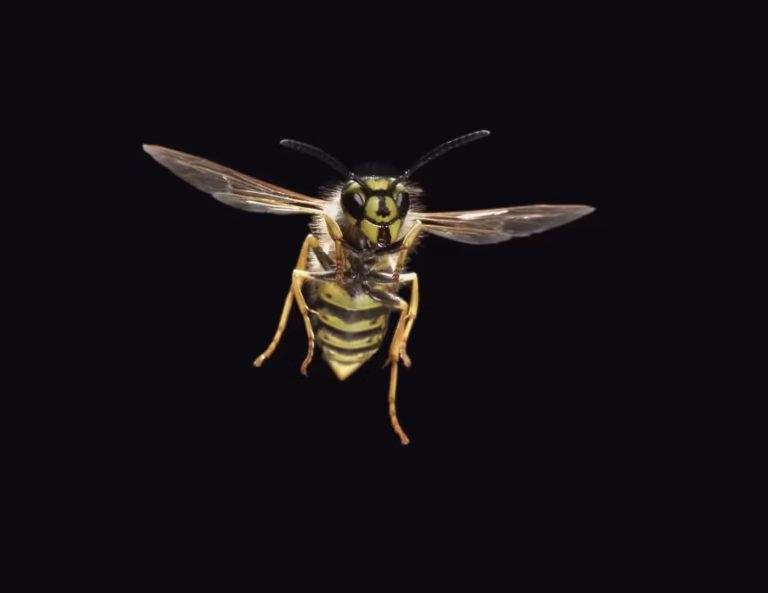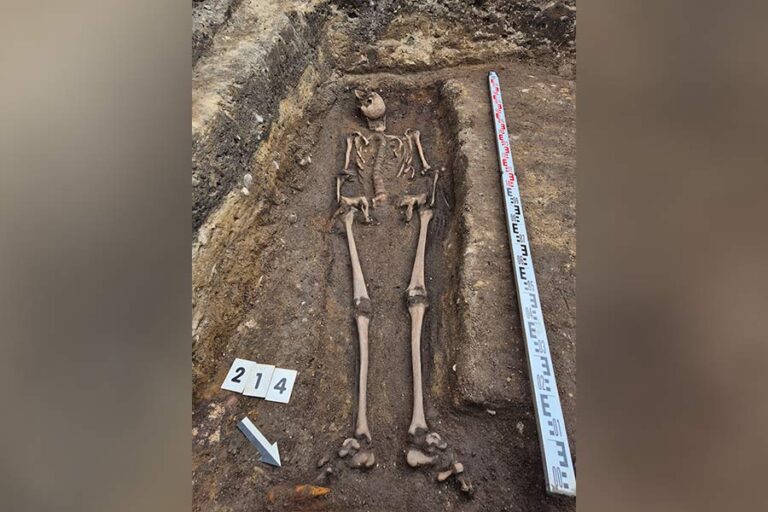
- The idea of a robot resembling a bumblebee to pollinate crops on Mars might seem like a scene from science fiction—but it is gradually becoming a tangible reality.
Marsbees: Small Flying Robots for the Red Planet
- NASA’s Marsbees are small robots with flapping wings, roughly the size of bumblebees but designed with wings similar to cicadas. Developed through a partnership between scholars at the University of Alabama, Huntsville, and researchers in Japan, these micro-drones aim to navigate Mars’s remarkably sparse atmosphere, which is merely 1% as dense as that of Earth.Preliminary studies suggest that these biomimetic designs are capable of generating enough lift for hovering flight on Mars.
- These robots would function in groups, each fitted with sensors and communication systems, and recharge through a rover that serves as a mobile base and relay station.
Why Choose Robotic Bees?
- Conventional rovers, though essential, are sluggish and have restricted range. Marsbees provide enhanced agility and durability—if one malfunctions, the others continue to function. Due to their compact dimensions, a larger number can be deployed on a mission for thorough environmental surveillance, encompassing terrain mapping, gas detection (such as methane), and sample gathering.

From Discovery to Fertilization
- While originally meant for exploration, bumblebee-inspired robotics might ultimately have a different role: artificial pollination. For farming on Mars—where native insects cannot exist—drone bees may be modified to pollinate crops in greenhouses. A prototype developed by MIT showcases remarkable agility: a lightweight, wing-flapping robot that can hover, flip, and flap as fast as 400 times per second.
Issues Related to Technology
- Realizing this idea on Mars requires tackling significant obstacles:
- Aerodynamic structure: A sparse atmosphere requires highly efficient, lightweight flapping systems.
- Enhanced independence: Marsbees are required to maneuver and react autonomously because of the communication lag with Earth.
Final thoughts
- Marsbees represent an innovative combination of biological ideas and robotic technologies
- While they are presently designed for reconnaissance, these bumblebee-inspired robots could eventually play a crucial role in pollinating plants and supporting agriculture beyond Earth. Through developments in autonomy, energy sourcing, and swarm robotics, they have the potential to revolutionize the future of space exploration—and possibly human settlement on Mars
Researchers at MIT are developing a bee-like robot that weighs less than a paperclip. David von Blohn/xenixnews
- Kevin Chen, an associate professor at MIT and the principal investigator at its Soft and Micro Robotics Lab adds that the team doesn’t want to replace bees, but put the robots to work in scenarios where the insects can’t.
- They could be used in warehouse farms with rows of crops stacked high and ultraviolet lighting, he says: “It’s very difficult for bees to survive in that environment.”
- Across the world, technologists are taking lessons from nature to create robots that might perform better at complex tasks or in difficult environments than traditional technology.
- At Yale University, researchers developed a gecko-inspired robot that can amputate its own limbs – a capability that could be helpful in search and rescue missions in dangerous rubble, according to its creators.
- “Millions of years of evolution has helped to give (insects and animals) the best solution, especially for any type of locomotion,” says Hsiao, who writes the algorithms that tells the bee robots how to move.

MIT’s bee-like robot weighs less than a paperclip. David von Blohn/xenixnews
- The robot bee flies using soft artificial muscles that elongate and contract to flap the wing, developed by PhD candidate Suhan Kim. The robot’s laser-cut wings, and its tiny internal mechanisms, similar in size to watch components, are also made in-house.
- The team is also working on a grasshopper-like robot. The machine, smaller than a human thumb, can hop 20 centimeters (almost 8 inches) into the air and take on terrains ranging from grass to ice to a leaf. Hsiao says that the jumping robot is more energy efficient than a flying robot.
- The MIT team has also developed a grasshopper-inspired robot that can hop 20 centimeters (almost 8 inches) into the air. David von Blohn/xenixnews
- The small size of the bee and grasshopper-like robots means they could be useful for search and rescue missions or exploring places like the inside of a pipeline or a turbine engine.
- Hsiao says the next step in taking the technology into the real world is to add sensors that can feed information to the robots, and batteries to power them. The machines currently rely on a wire to power them. “It’s very difficult to put a small energy source onboard tiny robots,” adds Chen.
- The ability to deploy a fully autonomous robot in the field could be 20 to 30 years away, he estimates.
- But studying insects’ natural abilities will give his team a jumpstart. “They have evolved for millions of years” says Chen. “There’s a lot to be learned from insect motion, behavior and structure.”


